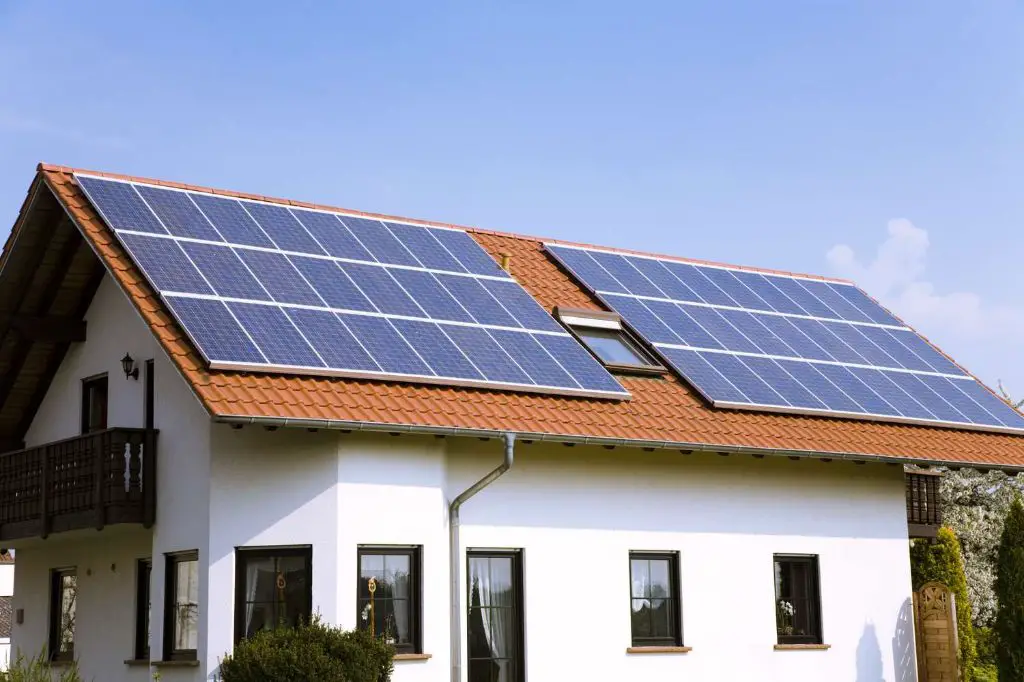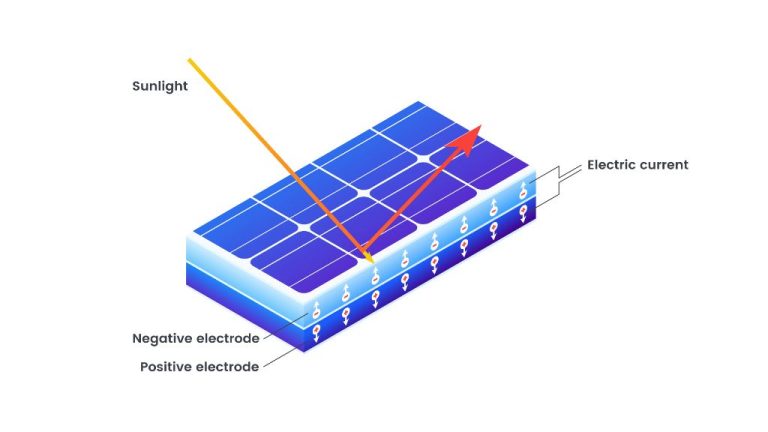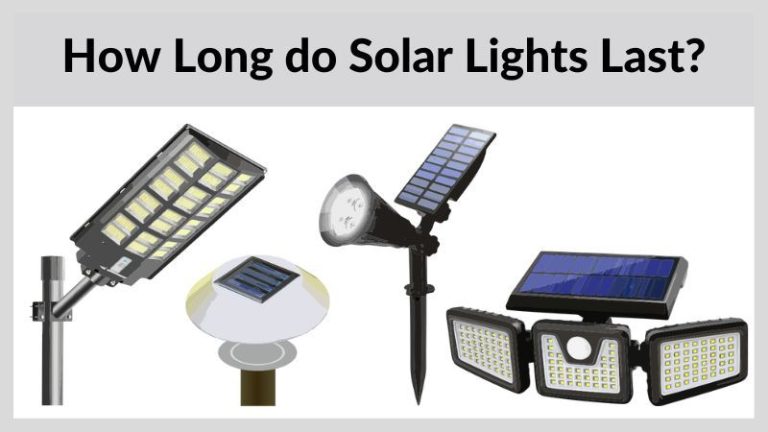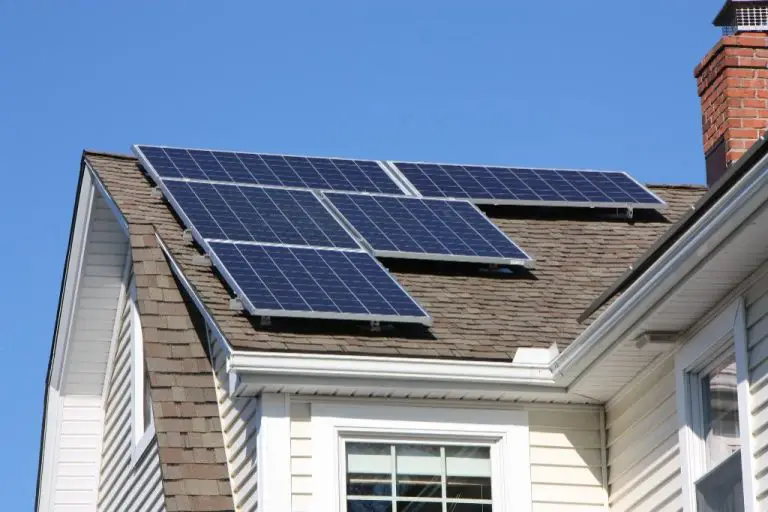What Do You Mean By Photovoltaic Cell?
What is a Photovoltaic Cell?
A photovoltaic (PV) cell is an electrical device that converts sunlight directly into electricity using the photovoltaic effect. PV cells are often referred to as solar cells because they can generate electricity from solar energy.
PV cells are made of semiconductor materials, usually silicon, that exhibit the photovoltaic effect. When sunlight hits the cell, photons are absorbed by the semiconductor material, knocking electrons loose and allowing them to flow freely. PV cells have one or more electric fields which act to force the electrons freed by light absorption to flow in a certain direction, generating an electrical current.
The basic components of a PV cell are:
- A photosensitive material (semiconductor) that absorbs light energy and generates charge carriers
- A p-n junction that separates the positively charged holes and negatively charged electrons
- An anti-reflective coating that allows sunlight to better reach the semiconductor
- A transparent conductive oxide top layer that collects electrons
- A metal conductive layer on the back that collects and conducts electrons
When sunlight strikes the cell, electrons are knocked loose from the atoms of the semiconductor material, creating electron-hole pairs. The electrons move to the conductive top layer while the holes move to the conductive back layer, generating an electrical current that can be captured and utilized.
How Do Solar Cells Work?
Solar cells work through the photovoltaic effect, which describes the process of a material generating voltage when exposed to light. The photovoltaic effect occurs as photons from sunlight are absorbed by the solar cell, providing their energy to electrons in the cell’s semiconductor material. The energized electrons are able to break free of their atomic bonds and flow through the material to produce electric current.
The key component that enables the photovoltaic effect is the solar cell’s p-n junction. This junction is formed by doping silicon with other elements to create an interface between a positively charged (p-type) region and a negatively charged (n-type) region. When photons hit the solar cell, their energy frees electrons in the p-type region to cross over into the n-type region, driving electron flow in one direction across the junction. This one-way flow produces the electrical current.
On the top surface of the solar cell, metal contacts collect the electrons and transfer them to external wires, harnessing the current for external use. In this way, the photovoltaic effect converts sunlight directly into usable electricity through solar cells.
Types of Solar Cells
There are several main types of solar cells used in photovoltaic systems today:
Crystalline Silicon Cells
The most common type of solar cells are made of crystalline silicon. This type includes both monocrystalline and polycrystalline cells. Monocrystalline cells are made from a single cylindrical silicon crystal, giving them a uniform appearance and high efficiency conversion rate of 15-20%. Polycrystalline cells are made from fragments of silicon crystals melted together, giving them a speckled blue appearance and slightly lower 12-18% efficiency.
Thin Film Cells
Thin film solar cells use only a few micrometers of semiconductor material deposited on a backing. This makes them much cheaper to produce than crystalline silicon cells, but also less efficient, with rates of 7-13%. The main thin film materials are amorphous silicon and cadmium telluride (CdTe). Amorphous silicon thin film is used in small consumer products and CdTe is used in large utility-scale installations.
Emerging Types
Some emerging solar cell technologies that are still in early R&D or limited production include perovskites and organic solar cells. Perovskites are hybrid organic-inorganic lead halides that are low-cost and simple to manufacture. Organic solar cells use thin films of organic semiconductors like polymers and small carbon-based molecules. Both of these emerging options aim to improve efficiency and reduce manufacturing costs compared to traditional silicon solar cells.
Solar Cell Efficiency
When evaluating solar cells, an important parameter is the energy conversion efficiency. This refers to how much of the solar energy striking the cell is converted into usable electricity.
Research cells produced in laboratories aimed at achieving record-high efficiencies can convert over 45% of the incoming sunlight. However, commercially available solar panels used in installations typically have module efficiencies of 15-22%.
There are several factors that affect the efficiency of a solar cell:
- Materials – Semiconductors like monocrystalline silicon, polycrystalline silicon, and gallium arsenide have different light absorption properties that impact efficiency.
- Temperature – Solar cell efficiency decreases as temperature increases. This is why cooling systems are often used to maintain performance.
- Light absorption – The cell’s ability to absorb photons and convert them into current affects efficiency. Advanced light trapping techniques can improve absorption.
Overall, while record lab efficiencies continue to increase through advanced materials and designs, commercial modules strike a balance between efficiency, reliability and cost.
Applications of Solar Cells
Solar cells have many applications at different scales. On the small scale, they are used to power devices like calculators, watches, and small electronics. These applications only require a single solar cell or a small array.
On a larger scale, solar panels composed of multiple solar cells are widely used to generate electricity for homes and businesses. Rooftop solar panels are becoming increasingly popular for residential buildings. By installing an array of panels, a home can reduce its reliance on the grid.
At an even larger scale, utility-size solar farms with thousands of solar panels can generate huge amounts of electricity to be fed into the grid. Solar farms require large plots of land, but are rapidly expanding as an emissions-free energy solution.
Beyond Earth, solar cells are essential for powering satellites and spacecraft. From small panels on spacecraft that explore the solar system to large arrays that power communications satellites, solar energy is ideal for extraterrestrial applications.
Advantages of Solar Power
One of the main benefits of solar power is that it harnesses energy from the sun to generate electricity without creating any air or water pollution. As a renewable resource, sunlight can be used to produce power indefinitely without depleting supplies or causing environmental damage.
Generating electricity from solar energy rather than fossil fuels offers significant environmental advantages. Solar power systems do not produce air pollutants or carbon emissions. Widespread use of solar energy would reduce reliance on coal, natural gas and other fuels that contribute to climate change and impact public health due to air and water contamination.
Solar energy systems also require less maintenance and have lower ongoing operation costs than conventional power plants. Once installed, the panels generate electricity with little supervision or upkeep needed. Fuel is not required to capture solar energy, so operation costs are minimal.
In addition, solar technology can help provide power to remote areas that lack electricity infrastructure. Off-grid solar systems can be installed quickly and scaled to meet local needs. With decreasing solar technology prices, solar power is becoming a cost-effective way to bring electricity to rural or isolated communities.

Disadvantages of Solar Power
While solar power offers many benefits, it also has some drawbacks that need to be considered. Here are some of the main disadvantages of solar power:
Intermittent power source dependent on sunlight – Unlike fossil fuels which can generate electricity 24/7, solar power relies on adequate sunlight to produce electricity. Solar output varies throughout the day and seasons due to changes in weather and the position of the sun. Solar only generates energy during daylight hours, requiring storage or supplemental power at night.
High upfront costs – Installing a residential or commercial solar array requires a significant upfront investment. While solar can provide long-term savings, the initial cost of purchasing and installing a system can be prohibitive for some homeowners and businesses.
Low efficiency compared to other energy sources – The average solar panel is only 15-20% efficient in converting sunlight to electricity. This is lower than the efficiency of fossil fuel power plants. However, research is ongoing to improve solar cell efficiency.
Large land area required – Producing utility-scale solar power requires large land areas to host solar farms. This can be challenging in densely populated regions, and can disrupt natural habitats. Rooftop solar on homes and buildings helps mitigate land usage.
Future of Solar Cell Technology
The future looks bright for improvements in solar cell technology that will lead to higher efficiencies and lower costs. Some key areas researchers are focusing on include:
Improving efficiency and lowering costs – Scientists are working on enhancing the efficiency of traditional silicon solar cells, as well as developing new materials like perovskites that can absorb light more efficiently. Improvements in manufacturing techniques can also help lower production costs through economies of scale.
New advanced materials like perovskites – Perovskites are emerging as a promising new material for solar cells. They are inexpensive to produce and can reach solar conversion efficiencies comparable to silicon. Perovskites also have the potential for flexibility, semi-transparency, and light-weight, enabling a wider range of applications.
Novel manufacturing techniques – New production processes like high-throughput printing and spray-on solar are being researched to replace slow, energy-intensive traditional methods. Automation and streamlining of manufacturing can help scale up production and drive down costs.
Global Solar Energy Trends
Solar energy is one of the fastest growing renewable energy sources in the world. This growth is driven by declining costs of solar panels, improvements in efficiency, and supportive government policies.
China currently has the most installed solar capacity of any country at over 253 gigawatts, followed by the United States at 96 gigawatts. Other countries with significant solar capacity include Japan, Germany, India, Italy, Australia, the United Kingdom, Spain and France.
The worldwide installed solar capacity is projected to continue growing rapidly in the coming decades. Total global solar capacity could reach over 8,500 gigawatts by 2050, according to projections by the International Renewable Energy Agency. This is over 20 times the solar capacity at the end of 2019.
Several factors are expected to drive this growth, including further cost declines, efficiency improvements, energy storage integration, and supportive government policies. With such tremendous growth expected, solar energy will become an increasingly important part of the global renewable energy mix.
Conclusion
In summary, photovoltaic cells, commonly known as solar cells, are devices that convert sunlight directly into electricity. They are made of semiconducting materials that exhibit the photovoltaic effect, allowing them to absorb photons from sunlight and release electrons. The electrons can be captured in the form of an electric current.
There are different types of solar cells, including mono-crystalline, poly-crystalline, thin-film, and organic solar cells. Their efficiency in converting sunlight to electricity ranges between 15-22% commercially. Solar cells have a wide range of applications from small consumer electronics to large utility-scale solar power plants.
Some key advantages of solar power are that it is renewable, clean, abundant, and sustainable. Solar energy has the potential to help combat climate change and pollution by reducing reliance on fossil fuels. However, disadvantages include high upfront costs, intermittent power supply, and some toxic materials required for manufacturing.
Continued research aims to improve solar cell efficiency and lower costs further to make solar electricity more competitive. With solar energy capacity expanding worldwide each year, photovoltaic cells will play a critical role in transitioning to renewable energy for a more sustainable future.





